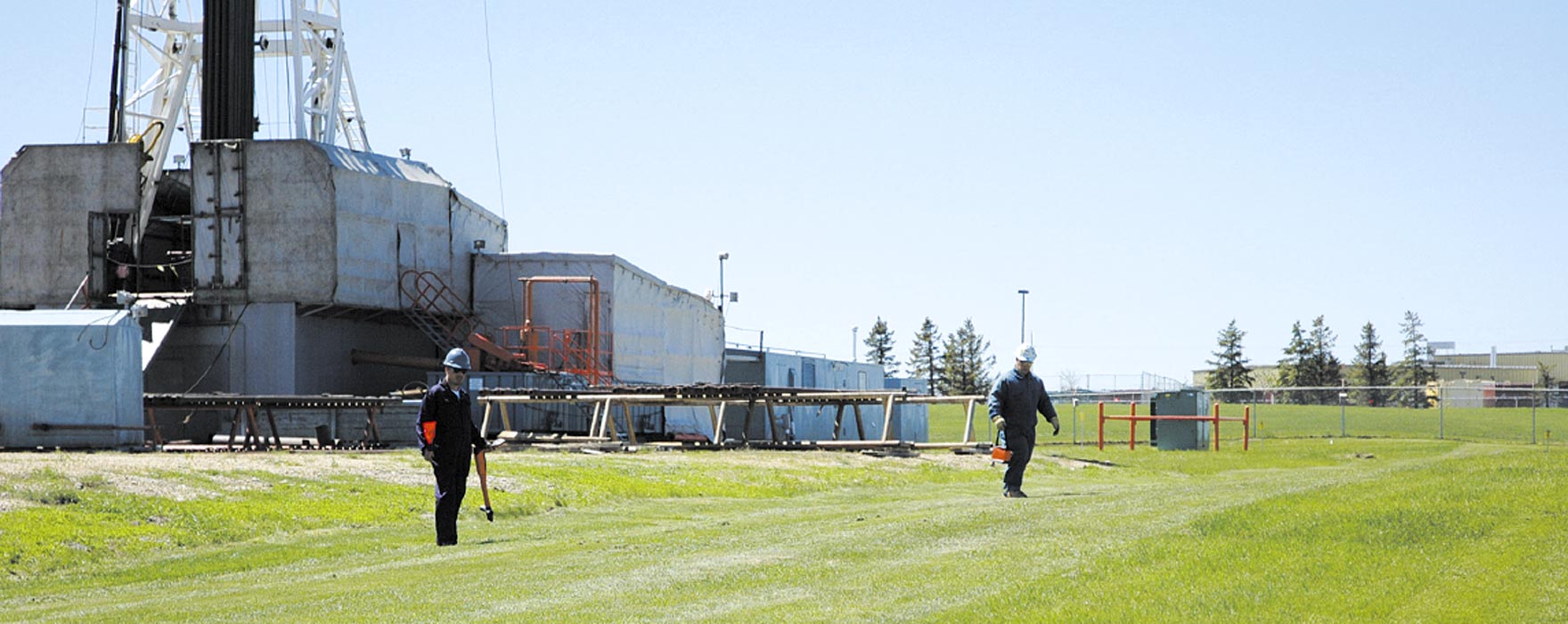Maybe it’s just me, but every day when I arrive at the jobsite I feel like this day’s challenges are different from anything I’ve done before. I think that maybe someone more experienced than me should be called in for advice on whatever topic needs to be tackled. This has been going on for some time now, roughly 44 years by my reckoning.
Every day, when I pack up my stuff to head home, I get the sense that I knew a bit more than when I arrived and that the extra pain of stretching out today’s corner of the performance envelope was worth the effort. Occasionally, I do experience a day with a set of totally meaningless experiences but they are (thankfully) few and far between.
Geophysics is undoubtedly the most challenging discipline in the geosciences. No single person can know everything there is to know about the fundamental science; its application to practical matters; the technology of acquiring data; the technology of correcting and manipulating data; the interpretation of data and the economics of the drilling decision. It requires a large team of talented players to bring off a program successfully. Everyone has a role to play and technical competence is paramount in the whole effort.
The Professional Geophysicist is the master game planner; overseer; quality control maven; and beneficiary of the whole process. That person also bears the brunt of responsibility in providing the client (inside or outside of the organization) with the best technical and economic advice possible, including the inherent uncertainty that exists within the information being provided. In fact, it is a professional obligation to brief the person needing the information for decision making on the limitations of that information. The third APEGGA Rule of Conduct states:
“3. Professional Engineers, Geologists and Geophysicists shall conduct themselves with integrity, honest, fairness and objectivity in their professional activities.”
In general, Professional Geophysicists contribute their knowledge and insight to a team consisting of all three professions and their advice is integrated into an exploration or exploitation report to a technically savvy management team and makes team decisions.
Professionals from the other disciplines expect to be briefed on the limitations of the information provided, which they often cannot fully understand or appreciate and must be accepted on trust. More often, professionals are adopting a numerical uncertainty figure from the Canadian Oil and Gas Evaluation Handbook, Section 9 of Volume 1; and combine a measure of central tendency and the Expected Value of the volume of a resource present to describe a particular prospect or undeveloped field as “P90” (90% probability of the quoted expected value being present) or a “P50” (50% probability or the mean) or a “P10” to be a surrogate for the degree of comfort that person has with the interpretation. It is a useful bit of jargon that conveys a lot of information about the classification of that resource. After all, an academic requirement for entering all three professions is at least one course in statistics.
Jargon is fine amongst coworkers who understand the finer points of what it means. How do we express the same degree of comfort to a lay person who might want to invest in our project who knows nothing about geophysics, much less the fine points of the Canadian Oil and Gas Handbook? We are not only obliged to respect Rule 3, but we also need to concern ourselves with Rule 5:
“5. Professional Engineers, Geologists and Geophysicists shall uphold and enhance the honour, dignity and reputation of their professions and thus the ability of the professions to serve the public interest.”
Rule 5 is always a tough one to live with, since the public interest and the interest of our company/employer may be at odds. We are always raising funds to explore for or exploit a resource to keep the company working by subscribing an investment opportunity that may not necessarily be in the public interest in the short term. In our enthusiasm for the project, we may not fully appreciate those short term impacts on the public good.
The dichotomy of private versus public interest may be impossible to reconcile in any given instance. We do our best, but our ideas and interpretations do not always work out and sometimes investors lose their money. We are obliged to explain that may happen in an honest and forthright manner so that the risk is understood by both parties and the “…honour, dignity and reputation…” of the profession is preserved. These principles must be firmly in mind every time we do an investor presentation, even if it makes the stock brokers crazy.
So how much experience is enough to know how to talk to fellow technical professionals, non-professionals with a lot of technical savvy and members of the public? The short answer is never enough. The longer answer is that we must communicate often, to get outside that comfort zone and talk to other disciplines and really stretch out far enough to tell the world at large what geophysics is all about; what its limitations are and what the discipline has to offer.












Join the Conversation
Interested in starting, or contributing to a conversation about an article or issue of the RECORDER? Join our CSEG LinkedIn Group.
Share This Article